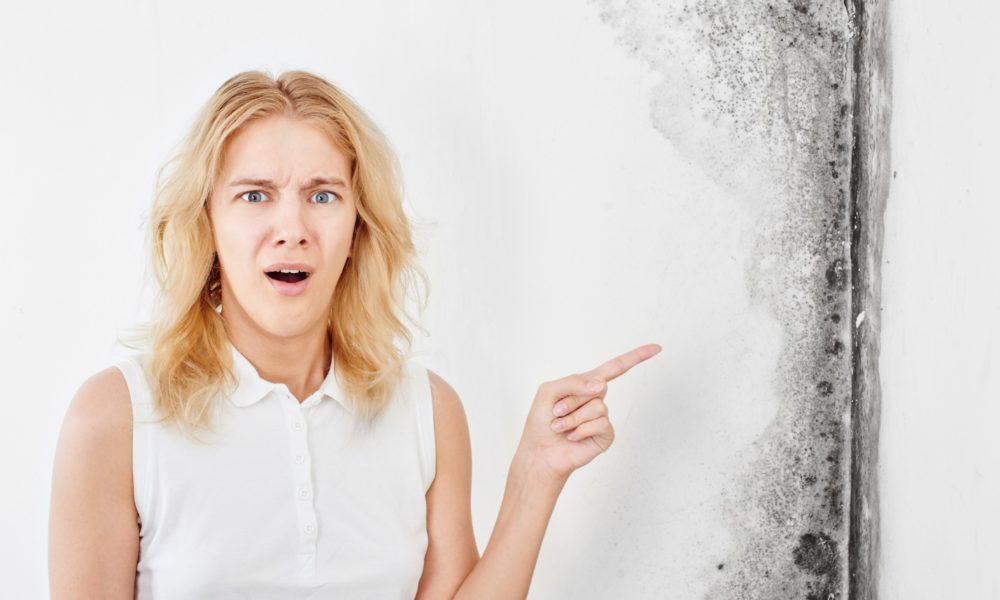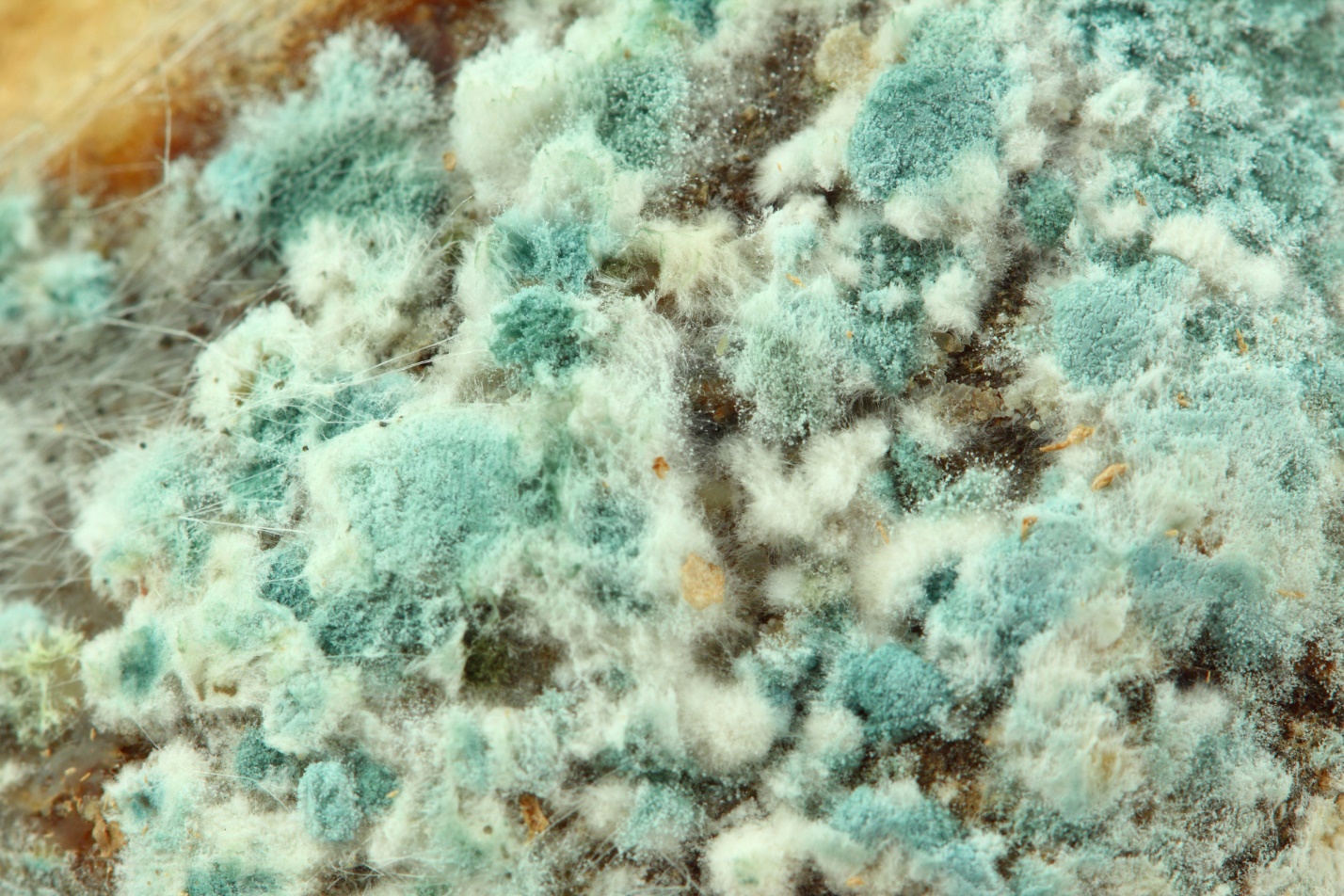Home Improvement
How a Mold Company Can Help Your Home

Fungi and molds are helpful in the environment when it comes to breaking down animal and plant matter. Their spores are almost everywhere, and they can grow in damp places. These tiny particles are their way of reproducing, and they are usually present in plants, foods, soil, and the air.
Fortunately, you can prevent the mold and mildew from reproducing in your home in the first place. You have to remove sources of moisture from the following:
- Seal any leaking roofs or repair them before the rainy season comes
- Ensure that the plumbing and drains don’t have any leaks
- Fix any problems that you may have with your outdoor drainage systems
- Don’t let water become present in your crawl spaces and damp basements
- Check the area after steaming your bathroom
- Wipe any condensation that you see from various tables and surfaces
- Check the areas near your humidifiers and change the water frequently
- Use dryers for wet clothes and laundry
- Make sure that there’s enough ventilation indoors for drying clothes
- Proper ventilation should be present on cooking and heating appliances
How to Know if you Have Mold Issues?

You should be able to smell or see them on walls and ceilings. They appear to be discolored, slimy, and fuzzy patches that can increase when left alone. Before you know it, they might already have increased in size, especially if there’s always adequate water or moisture present.
One of the best ways to look if there are signs of molds in your home is when there’s a peculiar odor, the presence of warping, water staining, and green mildew inside your rooms. Do some general cleaning once in a while on your walls, cabinets, wallpapers, carpets, and under the surfaces. These are usually the areas where mold growth is present, so they should be routinely cleaned. Some of the things that require extra attention include:
- Bathrooms; especially on your shower curtains, bathroom tiles, and shower stalls
- Moldings in your windows
- Seal on your fridge doors
- Surfaces around your air conditioners and even the unit itself
Getting Rid of these Molds
Ask the Experts’ Help
One of the first steps is to stop the water source and not let dampness stay very long in one area. If you find too many of them and they have covered many places, you can search for terms like Mold Near Me on your browser to look for companies that can help you out. The experts have years of experience, knowledge, and training to address these kinds of problems right away. Their services are quicker, and this is something that you definitely need, especially after a flood.
Discard the Porous Materials
If you have various materials in your house that absorb water like a thirsty man, throw them away. After a flood, you’ll never know whether the water came from a sewer or the local river. Carpets, upholsteries, drywall, papers, and ceiling tiles might become so full of microbes and viruses that it’s not safe anymore to do them. Anything that can’t be cleaned should be discarded as well.
Hardwood Floors Can Still be Cleaned
With restoration companies, you can still clean the hardwood floors as long as they don’t display signs of rotting. The experts may do the washing using soap and water. It’s best to call a licensed professional if the area you’re cleaning is larger than 10 square feet and if you’re highly allergic and sensitive to the spores. Many N95 masks and rubber gloves will work out well, and they are often recommended in these kinds of jobs if routine cleaning is done.
Diluted Chlorine Bleach
When you have an area that’s difficult to reach, and it might be impractical for you to eliminate the source of the moisture overall, a cup of bleach that’s diluted in water may do the trick. This way, you’ll be able to keep the growth under control. In an area where you can keep everything dry for a time, bleach will not be a necessity because the spores will not grow in the absence of water. When using cleaning solutions and bleach, ensure enough ventilation to prevent irritation on the throat, nose, and eyes.
After you’ve applied the bleach or if the experts have done this for you, inspect the area after a few days. This way, you can avoid further material removal and repairs if the pros can address the problem once and for all. Learn more about mold control in this link here: https://www.cdc.gov/mold/control_mold.htm.
Do You Need Additional Testing?
You might be wondering if you need testing in the first place to confirm if the discoloration that you’re seeing is really mold. According to a regulatory agency, know that the tests are not usually recommended, or they are not a necessity. There are no federal or state standards for the molds.
Testing and sampling are going to be very expensive for most homeowners. Simply cleaning everything and letting the restoration companies do the repairs may be a more affordable option, and these water problems don’t necessarily allow the mold to grow. Know the kinds that are currently increasing inside your home does not necessarily change the advice of cleaning the area thoroughly. If you see the first signs of mildew, you should fix everything up and clean them before they get worse.
Inspection for Homes?
It’s unnecessary to get inspections, and it’s not usually required to hire a licensed contractor to assess the area. Many homeowners can identify the areas where the mold grows, but others with many spaces may want to go to the root cause of their mold problems. Those who are owners of condominiums and rented space may need to coordinate more with the management company or the association that’s in charge of the maintenance and cleaning of the building. Tenants may also be expected to clean smaller areas where the mold grows, and if this is something persistent, they should ask the owner to repair any underlying problems in their homes.